As you say, get the transfer function in the form a + jb. This may involve multiplying the numerator and denominator by the complex conjugate of the denominator.
Once you have the transfer function in the form a + jb then draw up a table of values for the magnitude and phase of the transfer function as w increases from 0 to infinity.
Where:

and

Once you have your table of magnitude and phase values you can plot them on a complex plane (GH plane).
0 degrees starts at the positive real axis and increasing phase lag goes clockwise. Magnitude is the distance from the origin.
Once you have plotted your table of values, join them all up and you have your Nyquist plot.
But if you just need to ascertain if the closed loop system is stable then derive the closed loop transfer function from the open loop transfer function (this is straight forward for a unity feedback system) and examine the denominator to see if there are any closed loop poles on the rhs of the s-plane.
By drawing the Nyquist plot you will not only be able to see if the system is stable but also, if it is stable, how far from instability it is. That is to say you will be able to determine gain and phase margins from the plot.

